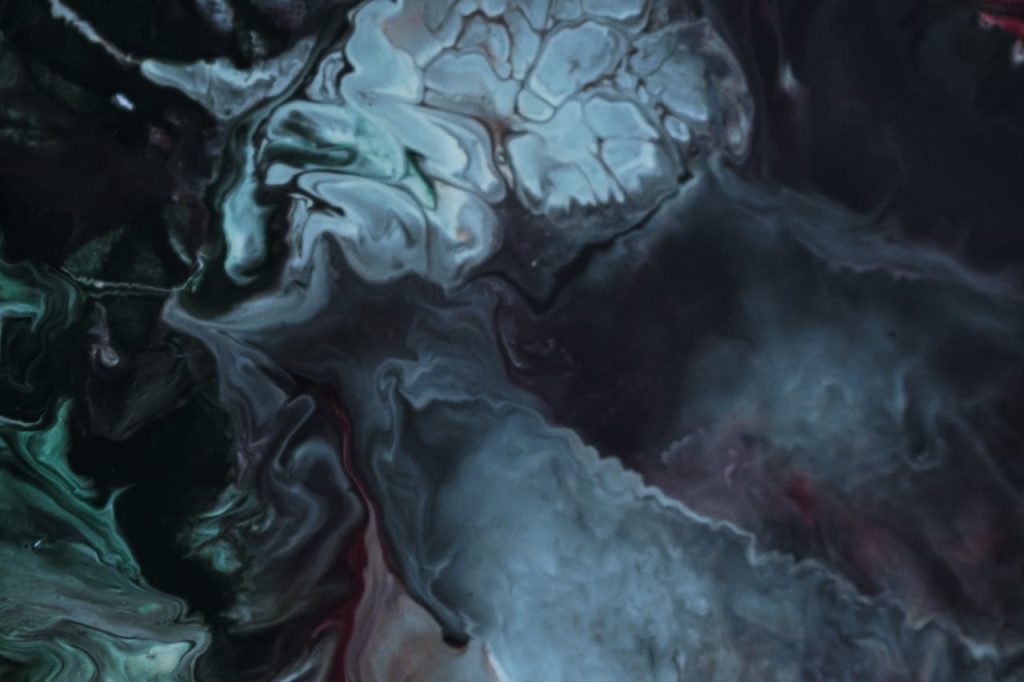Table of Contents
How to Create a Misty Effect in a Painting: Techniques and Principles
Creating a misty effect in a painting is an art form that combines technical skill, an understanding of atmospheric conditions, and a mastery of light and color. Mist, characterized by its ethereal and dreamlike qualities, can add depth, mystery, and emotion to a piece of art. This essay explores the techniques, principles, and materials required to achieve this effect, offering practical guidance for painters of varying skill levels.

Photo by Pexels
Understanding the Nature of Mist
Mist is a natural phenomenon caused by tiny water droplets suspended in the air, scattering light and reducing visibility. This scattering effect softens outlines and mutes colors, creating an atmospheric depth. To replicate mist in painting, it is crucial to capture these characteristics, focusing on:
- Softness: Mist lacks hard edges, necessitating delicate transitions between light and shadow.
- Desaturation: Mist subdues the intensity of colors, making them appear less vivid.
- Depth: Objects appear progressively less distinct as they recede into mist, demonstrating the concept of atmospheric perspective.
Materials and Tools
To achieve a misty effect, painters should select materials that facilitate smooth blending and subtle gradations:
- Paint Types: Acrylics, oils, or watercolors are commonly used. Watercolors are particularly suited for mist due to their translucency.
- Brushes: Use soft, round, or fan brushes for blending and creating diffused edges.
- Palette Knives: Useful for scraping and creating layers of mist.
- Mediums: Additives like glazing medium for acrylics or linseed oil for oils enhance translucency.
- Sponges or Rags: Useful for lifting paint to create soft, irregular textures.
Techniques for Achieving a Misty Effect
- Layering and Glazing:
Build up layers of semi-transparent paint to create depth. Begin with a base layer that establishes the general forms and colors of the landscape. Apply thin, translucent glazes over this base to mimic the gradual fading of objects into mist. - Blending:
Smooth transitions are key to a realistic misty effect. Blend colors gently where the mist meets solid objects, using a soft brush or finger. Work wet-on-wet for smoother results in oils and watercolors. - Dry Brushing:
This technique involves using a brush with minimal paint to create a hazy effect. Lightly drag the brush over the canvas to suggest the diffuse, floating nature of mist. - Lifting and Smudging:
While the paint is still wet, use a sponge or clean brush to lift pigment from the canvas, creating soft, irregular patches that mimic the organic movement of mist. - Atmospheric Perspective:
To convey depth, apply lighter tones and reduced contrast to distant objects. For example, mountains in the background should appear faded and less detailed compared to foreground elements. - Color Harmony:
Choose a cohesive color palette dominated by cool tones like grays, blues, and soft whites. A touch of warm color, such as muted yellows or oranges, can add subtle contrast without breaking the misty effect.
Key Considerations
- Lighting:
Mist interacts with light, creating phenomena such as glowing highlights or subdued shadows. Pay attention to the light source and its diffusion through the mist. - Balance Between Realism and Abstraction:
While mist is a realistic element, its ethereal quality lends itself to abstraction. Balance detailed areas with looser, undefined regions to evoke a sense of mystery. - Mood and Emotion:
Mist often evokes feelings of serenity, melancholy, or suspense. Consider the emotional tone of your painting and adjust the density and color of the mist accordingly.
Applications Across Different Mediums
- Watercolors:
Dilute paint with water and use wet-on-wet techniques to achieve soft transitions. Lift paint with tissue or sponges for highlights. - Acrylics:
Utilize glazing techniques with acrylic medium to create layers of mist. Work quickly before the paint dries for effective blending. - Oils:
Take advantage of oils’ long drying time to blend colors seamlessly. Thin the paint with linseed oil or turpentine for transparent glazes.
Conclusion
The misty effect in a painting is a testament to the artist’s ability to harmonize technical skills with a deep understanding of atmosphere and mood. By mastering layering, blending, and atmospheric perspective, painters can evoke the ethereal quality of mist, enhancing the emotional resonance and depth of their artwork. Whether used to depict a serene landscape, a mysterious forest, or a dramatic scene, mist adds a timeless, poetic quality that captivates viewers and invites them to immerse themselves in the painting’s world.


No responses yet